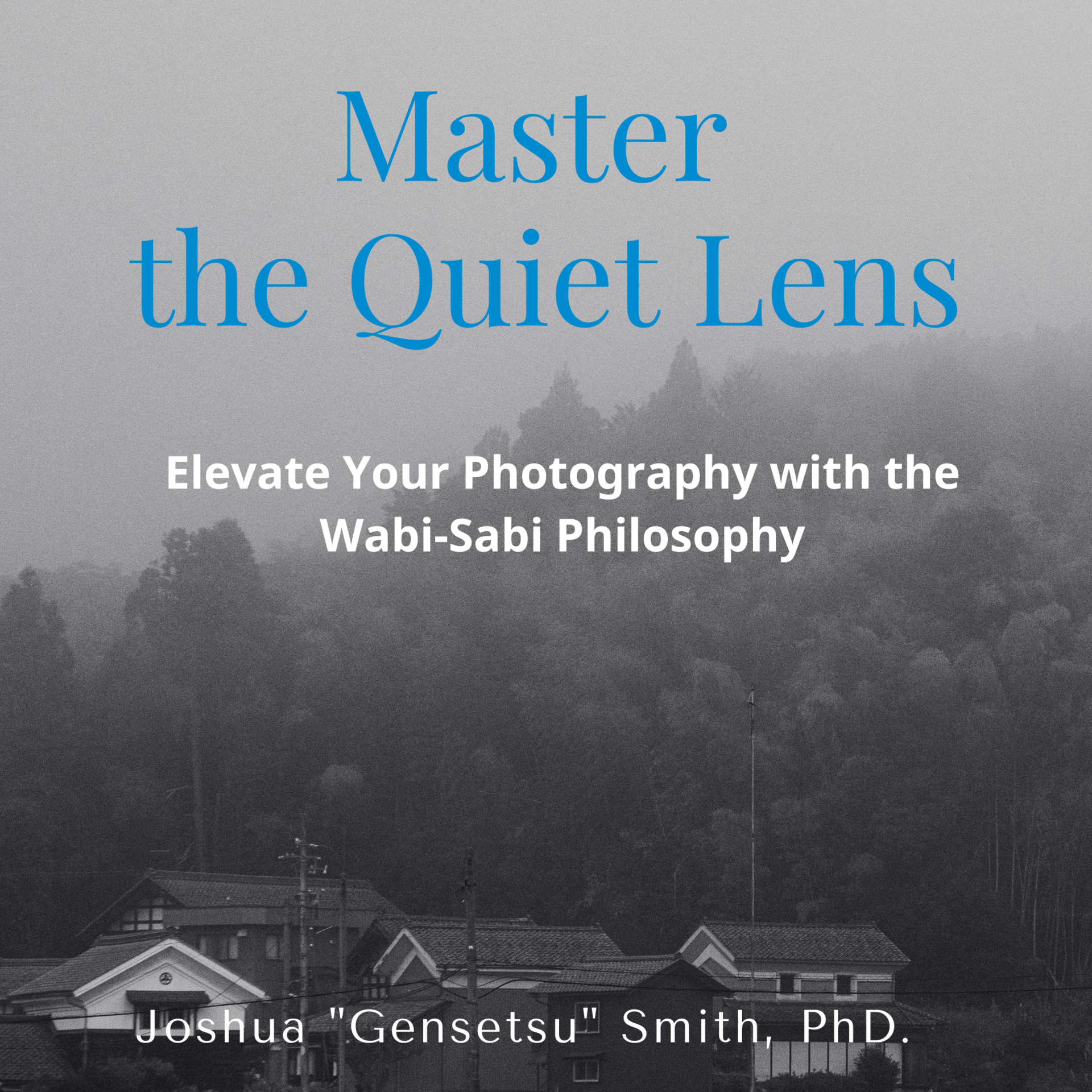🎨 In This Issue

Sometimes the most profound insights come wrapped in the most unexpected packages. This week, Japanese researchers captured global attention with what appears to be playful science but reveals something deeper about observation, creativity, and the willingness to pursue seemingly "silly" ideas that lead to genuine breakthroughs.
🐮 The Zebra Cow Revolution
When Serious Science Gets Playful
Japanese researchers just won the 2025 Ig Nobel Prize for biology after discovering that painting cows with zebra stripes makes them attract fewer blood-feeding insects. Led by Tomoki Kojima of the National Agriculture and Food Research Organization, the team painted white stripes on black cows with water-based paint and found significantly fewer flies bothered the striped cattle.
What exactly is the Ig Nobel Prize? It's awarded by the magazine Annals of Improbable Research for research that "makes people laugh, then think." The 35th annual ceremony was held at Boston University, where winners receive a handmade model of a human stomach and a single hand wipe instead of prize money.
The Beauty of Curious Minds
"When I did this experiment, I hoped that I would win the Ig Nobel. It's my dream. Unbelievable. Just unbelievable," said Kojima, whose team discovered that fewer flies were attracted to the painted cows and they seemed less bothered by insects.
What strikes me most about this story isn't just the practical application—some Japanese farmers are already adopting the method using long-lasting paint—it's the mindset. Here's a researcher willing to pursue what might seem absurd, driven by genuine curiosity about why zebras evolved their distinctive pattern.
This is the same spirit that drives breakthrough photography: the willingness to see differently, to test assumptions, to follow hunches that others might dismiss.
🚶♀️ The Walking Revolution Continues
Beyond Steps and Metrics
My recent exploration of Japanese walking practices has struck a deeper chord than I expected. The response to my video on traditional walking methods has revealed something fascinating: we're collectively hungry for approaches to movement that honor presence over performance.
The practice isn't about rejecting fitness—it's about understanding that mindful movement creates benefits that go far beyond what any tracker can measure. Like Kojima's willingness to paint cows in stripes, it requires letting go of conventional thinking about what "should" work.
🧠 The Empty Mind Paradox
When Less Becomes More
There's a beautiful parallel between the zebra cow research and something I've been exploring about creativity: the power of intentional emptiness. Japanese aesthetics has long celebrated mu—the concept of nothingness that actually contains infinite possibility.
Just as the researchers discovered that disrupting visual patterns (zebra stripes) could repel flies through confusion, creating mental "empty space" can disrupt our habitual thought patterns and allow fresh insights to emerge.
Both approaches work by introducing strategic disruption—whether visual or mental—that opens new possibilities.
Join over 4 million Americans who start their day with 1440 – your daily digest for unbiased, fact-centric news. From politics to sports, we cover it all by analyzing over 100 sources. Our concise, 5-minute read lands in your inbox each morning at no cost. Experience news without the noise; let 1440 help you make up your own mind. Sign up now and invite your friends and family to be part of the informed.
Weekly Practice
🌸 Practice: The Five-Minute Empty Mind Exercise
Inspired by both the walking meditation and creative emptiness concepts:
Step 1: Find a quiet space and sit comfortably
Step 2: Close your eyes and take three deep breaths
Step 3: Instead of trying to empty your mind, imagine it as a vast, clean space
Step 4: When thoughts arise, don't fight them—simply observe them like clouds passing through sky
Step 5: End by asking yourself: "What wants to emerge in this space?"
This isn't about achieving some perfect meditative state—it's about creating conditions for unexpected insights to surface.
Currently Reading
A Book That Reframes Everything
"The Art of Creative Thinking" by Rod Judkins explores how breakthrough ideas often come from what he calls "productive accidents"—moments when we step outside conventional logic and allow unexpected connections to form.
Judkins examines creative minds across cultures and disciplines, from Japanese designers who find inspiration in broken pottery (kintsugi) to scientists who make discoveries by following "wrong" hunches.
Perfect reading for anyone feeling stuck in conventional thinking patterns. The book offers practical exercises for cultivating the kind of curious mindset that leads to zebra cow breakthroughs.
The "Fine Art Photography of Simplicity" collection is for those who appreciate the elegance of minimalism and seek to bring a sense of calm and clarity into their space.
At the heart of this collection lies the concept of Kanso, a fundamental element in Zen and Japanese aesthetics. Kanso celebrates the power of emptiness and the profound elegance of the austere.
🔍 Things I Found Interesting This Week
The Ig Nobel Legacy
This marks the 19th consecutive year that Japanese researchers have received an Ig Nobel Prize. There's something uniquely Japanese about this sustained willingness to pursue questions that seem "silly" but prove meaningful.
It reminds me of the mono no aware principle—finding profound beauty in the seemingly insignificant or fleeting.
Weekly Reflection
As Marc Abrahams, master of ceremonies for the Ig Nobel ceremony, noted: "Every great discovery ever, at first glance seemed screwy and laughable. The same is true of every worthless discovery. The Ig Nobel Prizes celebrate ALL these discoveries, because at the very first glance, who really knows?"
This perfectly captures something essential about the creative process—and life itself. We often can't distinguish between "brilliant" and "ridiculous" until we've had time to observe the results.
From My Studio
Stop chasing perfection. Start capturing soul.
Discover the transformative power of wabi-sabi—the Japanese philosophy that finds profound beauty in imperfection, impermanence, and simplicity. Learn to see the extraordinary in weathered textures, fleeting moments, and natural flaws.
What you'll master:
Find beauty in decay, cracks, and imperfections
Create powerful minimalist compositions
Capture authentic moments over technical perfection
Develop your unique artistic voice through mindfulness
Perfect for: Photographers ready to move beyond filters and perfection, artists seeking deeper meaning, and creative souls drawn to Japanese aesthetics.
🌿 Final Reflection
This week reminded me that some of our most valuable discoveries come from maintaining beginner's mind—the willingness to ask questions that seem obvious or silly, to observe patiently, and to trust that following genuine curiosity often leads to unexpected wisdom.
Whether we're painting zebra stripes on cows, walking mindfully through forests, or creating space for empty mind, we're participating in the same essential practice: paying attention with fresh eyes.
As autumn deepens in Japan and the art world prepares for photography exhibitions that bridge cultures, perhaps we too can embrace this season of patient observation and unexpected discoveries.
Until next week's exploration,
Josh and the Shizen Style Team 🌿
P.S. The zebra cow researchers initially worried their work might seem too silly to pursue seriously. Instead, they trusted their curiosity and ended up helping farmers worldwide while contributing to our understanding of animal behavior. What "silly" creative questions are you avoiding that might actually be worth exploring?




